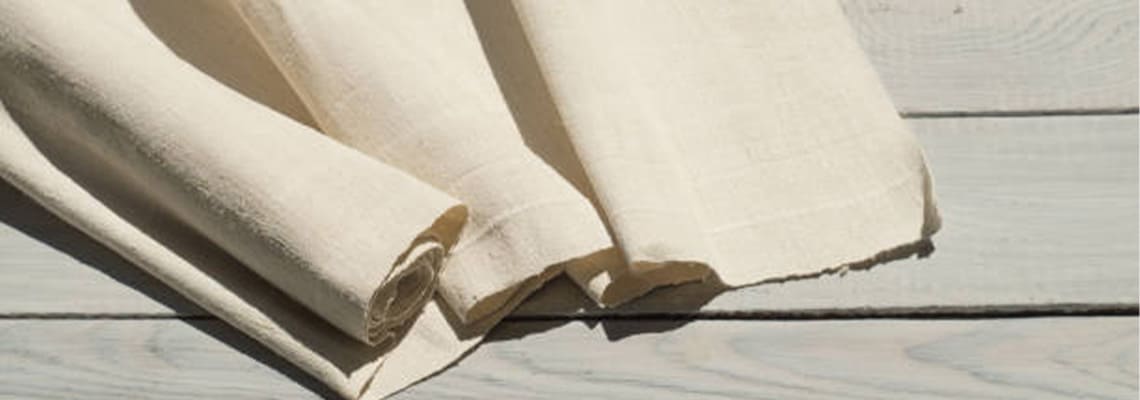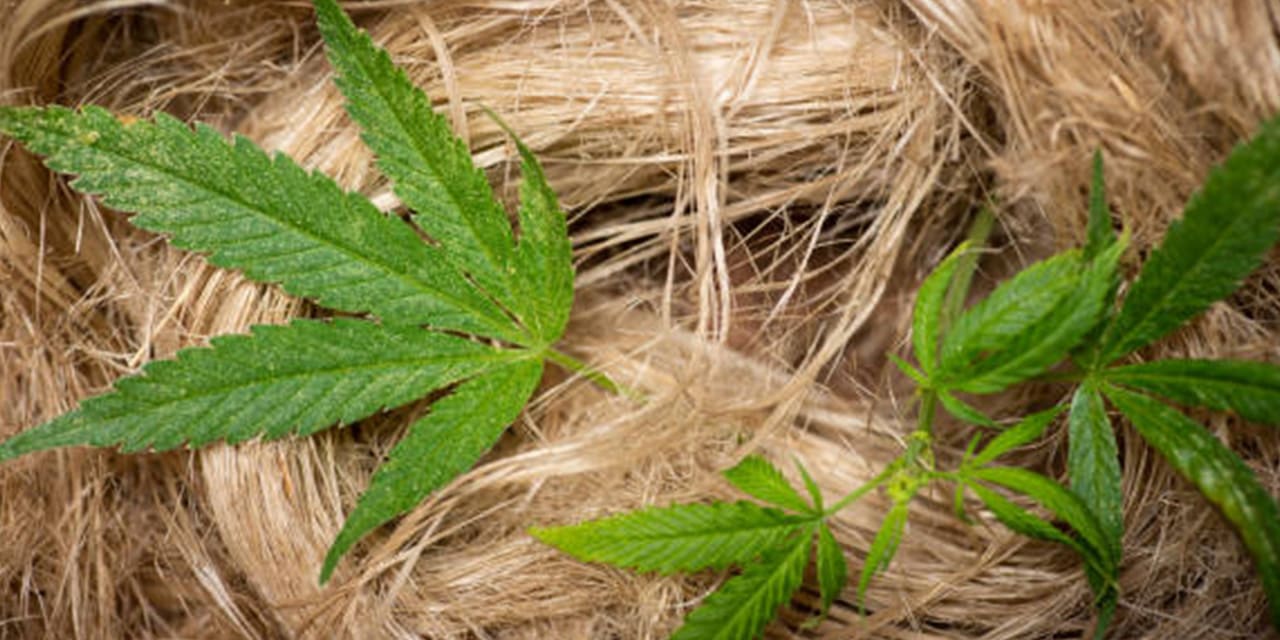There seems to be nothing in your cart.
Didn't find what you were looking for? Contact our consultant.
To save your shopping cart until your next visit, create an account or register .
Browse our Hits sales
There seems to be nothing in your cart.
Didn't find what you were looking for? Contact our consultant.
To save your shopping cart until your next visit, create an account or register .
Browse our Hits sales

By choosing hemp products, you show concern not only for your own comfort, but also for the well-being of our planet. The hemp production process is one of the most environmentally friendly in the world: it does not require huge amounts of pesticides to grow, and the biodegradable fiber does not harm the environment. Modern hemp clothing, which is mainly made from indica represents stylish and fashionable products that are in no way inferior in quality and comfort to traditional materials.
Hemp clothing is not only a choice for health and comfort, but also a step towards more sustainable and environmentally responsible fashion!
When it comes to natural fabrics, cotton is usually the first to come to mind - the most common material. But its quality leaves much to be desired. To keep cotton production profitable when clothing prices are low, yields must be increased, but this is often only possible with the use of chemical fertilizers and pesticides.
For example, up to 16% of all pesticides in the world are used in cotton fields. In addition, growing cotton requires enormous amounts of water - producing one T-shirt can require up to 3,000 liters of water. After cultivation of fields, barren deserts are often left due to excess moisture, which deteriorates the quality of the soil and requires significant efforts to restore it.
An alternative is organic cotton, but its cost is much higher and the quality sometimes leaves much to be desired. Some manufacturers who position themselves as environmentally friendly use genetically modified varieties of cotton, which raises serious doubts about its quality and impact on health.

Unlike cotton, hemp clothing, for example Hemp T-shirtsoften have a higher price due to the greater amount of handwork and complex processing of raw materials. But you can be sure that hemp fabric is produced with minimal disturbance to the ecosystem.
Hemp does not require intensive care, unlike cotton. It does not require special soil or moisture levels, and does not require the use of pesticides or herbicides. In addition, hemp produces phytoncides, which give the fabric antiseptic properties.
Industrial hemp can also be used to clean up contaminated soils, for example, in the Chernobyl zone. Experiments have shown that after growing two generations of hemp, the soil restores its fertility and background radiation decreases. In addition, plants grown in contaminated soil can be used as biofuel or to improve soil quality.
Hemp fabrics are more durable and wear-resistant than cotton fabrics. They do not stick to the body and do not lose their shape when in contact with water. In addition, unlike cotton, which often contains synthetic additives, hemp does not electrify and does not attract dust.
Many global brands are starting to use hemp fabrics in their collections due to their durability and environmental friendliness. Sneakers and sneakers made from hemp are also becoming increasingly popular among stars and celebrities.
In the last century in Ukraine, hemp was grown over vast areas, and the Research Institute of Bast Crops in Glukhov was famous for its expertise in this matter. It was here that the first varieties of non-narcotic industrial hemp were created, and the head of the research group, P. A. Goloborodko, became known as “Cannabis Enemy No. 1,” which was even marked with an honorary sign in the Amsterdam Museum.
However, as a result of ill-conceived actions of the authorities related to the fight for a healthy lifestyle, hemp fields suffered. Crop acreage was reduced, processing plants closed, and the market was flooded with cheap synthetics.
To date, hemp crops in Ukraine have decreased to 2,500 hectares, and only four processing plants remain. Hemp fabrics for sustainable clothing are most often produced by hand using traditional methods.

Hemp stems contain a large amount of lignin, so harvesting begins after the leaves fall. The stems are left in the field for several days to soften under the influence of rain, making the processing easier. To prevent overheating, the stems are periodically turned over.
In large enterprises, special machines are used for collection, which immediately separate the bast from the chaff. In small farms, harvesting is done manually, which requires a lot of labor and time.
The stems are soaked in hot water, after which they are kneaded to separate the fibers. The fibers are then combed, leveled and drawn to produce a uniform yarn. To avoid tangling, plant material is etched, dissolving lignin between the fibers.
The fibers are spun into threads, which can be used for a variety of fabric types, including canvas and knitting yarn. Viscose is also produced from hemp.
Hemp fabric is easily dyed with natural dyes such as nettle, alder, onion peel and oak bark, giving a variety of shades.
Traditionally, the canvas is bleached in the sun and frost, which allows you to obtain various shades of white, beige and sand colors.
Thus, not only are environmentally friendly clothes created from hemp, but the entire production process has minimal impact on the environment.
The advantages of hemp as a technological and environmental material attract the attention of supporters of sustainable development and environmentally friendly management. In the USA and Europe, there is a second surge of interest in hemp growing: over the past decade, the area under hemp cultivation in the European Union has increased from 10 to more than 40 thousand hectares. The world record for cultivation belongs to China, where up to 600 thousand hectares of hemp are grown every year.
The revival of hemp production in Ukraine has the potential to break the thirty-year cycle of economic, environmental and social problems. However, conflicting legislation threatens the ability of farmers who want to return to traditional occupation.
Despite the fact that industrial hemp is not a narcotic substance, its cultivation requires complex licensing procedures, as well as field protection. As a result, conscientious farmers do not risk taking on such difficulties, which, however, does not prevent them from growing huge plantations of psychoactive cannabis in the south and taking profits from it outside the country.

For the modern city dweller, who is always on the move, clothing made from hemp is of particular interest - it is not only a return to nature, but also saves time. Hemp is perhaps one of the easiest natural materials to care for. Caring for hemp clothing is as easy as other materials. No expensive dry cleaning products or services are required - just follow the manufacturers' recommendations.
The return of hemp to fashion catwalks is great news: fashion is becoming convenient and practical. A stylish eco-look and concern for health harmoniously complement each other: when naturalness and comfort become a trend, everyone can express their individuality. Hemp clothing is designed for everyday life, and not for glossy magazines and fashion shows!